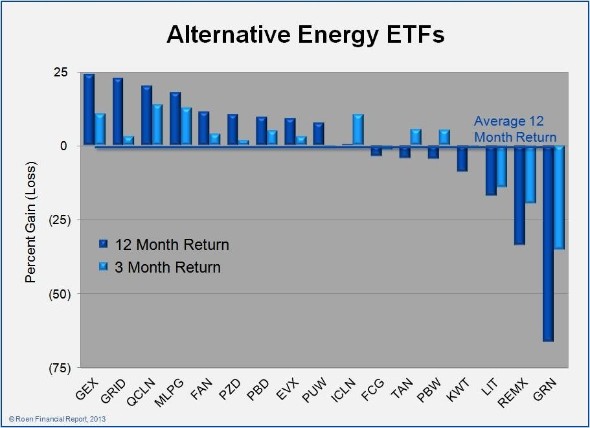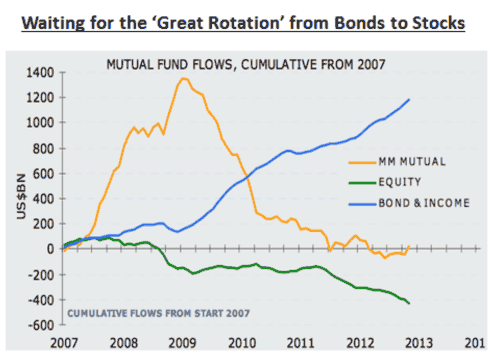Consider Exchange Traded Funds for Alternative to Stocks or Mutual Funds
Post on: 15 Апрель, 2015 No Comment

EFTs Are Like Index Funds, But Trade on Stock Market Like Stocks
You can opt-out at any time.
Please refer to our privacy policy for contact information.
Exchange Traded Funds (ETFs) combine the simplicity of index funds with the liquidity and trading action of stocks. ETFs may be more suited to short-term trading, although they offer some benefits for the long-term investor.
Exchange Traded Funds are very much like index mutual funds in that they track an index of some type. However, there are significant differences that are worth noting. Index mutual funds duplicate or, in some cases mimic with a sampling, a market index.
The index may be well-known such as the Dow or the S&P 500, while others track lesser-known indexes. ETFs also track bond indexes and other securities such as commodities.
ETFs are a fixed portfolio of stocks or bonds that duplicates or mimics the index it tracks. For example, one of the most popular ETFs is the QQQQ that tracks the Nasdaq 100, which is the largest 100 stocks on that exchange. Some ETFs track obscure indexes like the price of gold or the market in a foreign country.
One of the main differences between ETFs and mutual funds is ETFs are traded like stocks. You can buy or sell an ETF any time the market is open through a broker. Like stocks, you will pay a commission to buy or sell and ETF.
When you buy an ETF, you are buying a partial unit in a trust that holds shares of stock or bonds. The net asset value (NAV) of the ETF rises or falls as the value of the under lying security changes.
Market Price
The market price of ETFs is driven by supply and demand forces in the market just like stock prices. However, ETF companies keep the fund’s net asset value close to the market price by adding units to the fund if there is heavy buying pressure. These units are large blocks of the underlying security. If there is selling pressure that may drive share prices significantly below the NAV, large investors step in and buy units of the fund, which typically are valued at $50,000 and more at bargain prices. This reduction in assets reduces the NAV closer the market price.
Buying and Selling ETFs
You need a broker to buy and sell ETFs. This presents a problem if you want to use dollar cost averaging because of the commissions you must pay. With an index mutual fund (or most any mutual fund, for that matter), you can set up a reoccurring deposit in the mutual fund of any dollar amount.
When you invest a fixed dollar amount in a mutual fund, your deposit buys however many shares possible based on the current net asset value of the fund. This means you will almost certainly buy an odd number of shares.
For example, if you deposit $200 in a mutual fund and the NAV is $12.3564 per share, you will own 16.1859 shares (200 / 12.3564 = 16.1859).

With ETFs, you cannot own partial shares, so your investment must cover the normal trading unit of 100 shares. If shares are selling at $16.18, then your normal minimum investment is $1,618 plus commissions and fees to your broker.
Trading
Although some ETFs are very popular and trade heavily, that is not true of all the funds. Care must be taken when investing in lightly traded ETFs because it may be difficult to get the price you want when you want to buy or sell.
An advantage ETFs have over mutual funds is the ability to employ sophisticated trading techniques. With mutual funds, it is mainly a buy or sell. ETFs allow you to trade on margin, which means borrowing from your broker so you can buy more shares.
You can use limit orders that will result in an immediate sell order if the ETF price hits a level you set and other techniques. This flexibility adds another dimension to the benefits of owning ETFs over mutual funds.
For more information visit About.com site on exchange traded funds .














